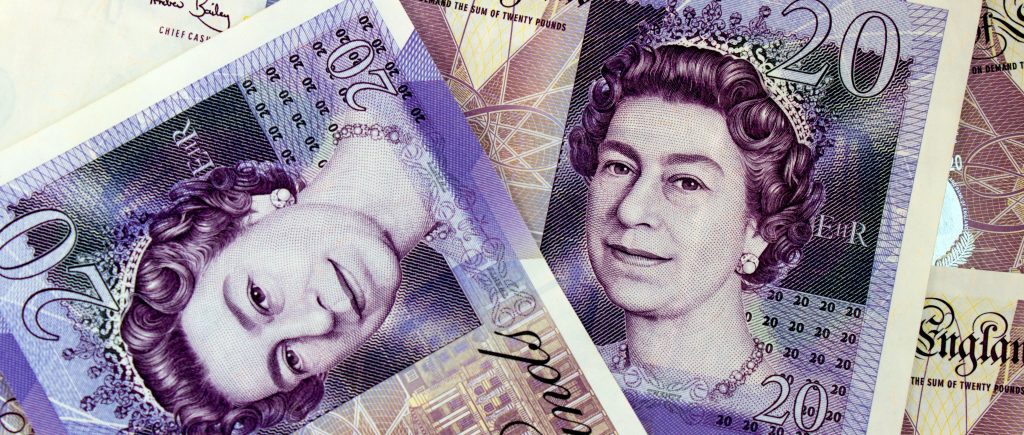The Pound Sterling moves higher against the US Dollar on improved market sentiment. BoE’s Mann warns about upside risks to price pressures.
In September, the Fed is anticipated to lower interest rates by 25 basis points. During Monday’s North American session, the Pound Sterling (GBP) advances versus its major rivals, with the exception of the Australian Dollar (AUD) and the New Zealand Dollar (NZD). Investor attention is focused on the United Kingdom (UK) Consumer Price Index (CPI) data for July and the employment data for the three months ending in June, which are scheduled for publication on Tuesday and Wednesday, respectively, as the value of the British pound appreciates.
It is anticipated that the UK Employment report will reveal that the ILO Unemployment Rate increased from 4.4% to 4.5%. The Average Earnings Excluding Bonuses data, a crucial indicator of wage growth that has contributed significantly to high inflation in the service sector, will also be of interest to investors. From a previous value of 5.7%, the wage growth indicator is anticipated to have drastically slowed to 4.6%. Expectations of a further decrease in wage growth indicators will lead to anticipations of interest rate decreases by the Bank of England (BoE).
While UK wage growth is expected to soften significantly, BoE’s Monetary Policy Committee (MPC) member Catherine Mann said in an Economics Show podcast with the Financial Times in Monday’s Asian hours, “Goods and services prices were set to rise again, and wage pressures in the economy could take years to dissipate.” Mann remained concerned over upside risks to inflation despite the return of annual headline inflation to the bank’s target of 2%.
The Pound Sterling edges higher against the US Dollar (USD) in Monday’s North American trading hours. The GBP/USD pair rises gradually due to a steady market sentiment. The US Dollar Index (DXY), which tracks the Greenback’s value against six major currencies, continues to consolidate above 103.00.
Current market sentiment exhibits a steady risk appetite; however, volatility is around the corner as the United States (US) CPI data for July is scheduled to be released on Wednesday. The inflation data will significantly influence market expectations for Federal Reserve (Fed) rate cuts this year.
Economists expect that the monthly headline and core CPI, which excludes volatile food and energy prices, rose by 0.2%. The annual headline and core inflation are expected to have decelerated by 10 bps to 2.9% and 3.2%, respectively.
According to the CME FedWatch tool, 30-day Federal Funds futures pricing data shows that traders see a 46.5% chance that interest rates will be reduced by 50 basis points (bps) in September. The likelihood of a 50 bp rate reduction has weakened significantly from 85%, recorded a week ago. A significant fall in a short time without the release of any top-tier data suggests that the high probability for big rate cuts prompted by weak US employment data for July, which bolstered fears of a potential recession, was a mere overreaction.
Meanwhile, the confidence of Fed policymakers that price pressures are on track to return to the desired rate of 2% has increased. Speaking at the Kansas Bankers Association on Friday, Fed Governor Michelle Bowman said, “Should the incoming data continue to show that inflation is moving sustainably toward our 2% goal, it will become appropriate to gradually lower the federal funds rate to prevent monetary policy from becoming overly restrictive on economic activity and employment.” She added, “But we need to be patient and avoid undermining continued progress on lowering inflation by overreacting to any single data point,” Reuters reported.

 Noor Trends News, Technical Analysis, Educational Tools and Recommendations
Noor Trends News, Technical Analysis, Educational Tools and Recommendations




